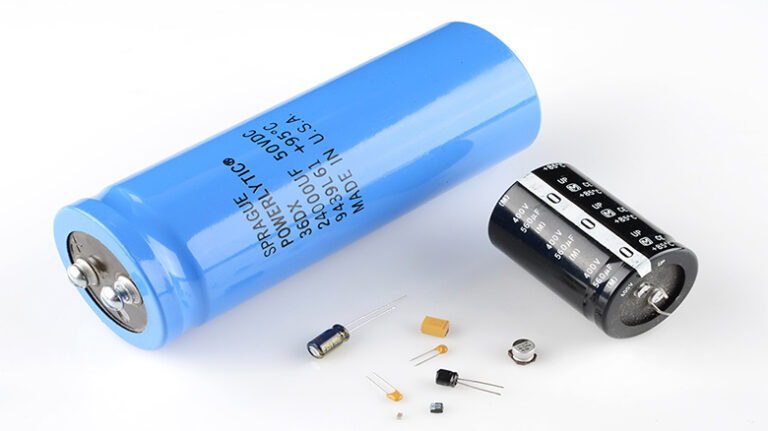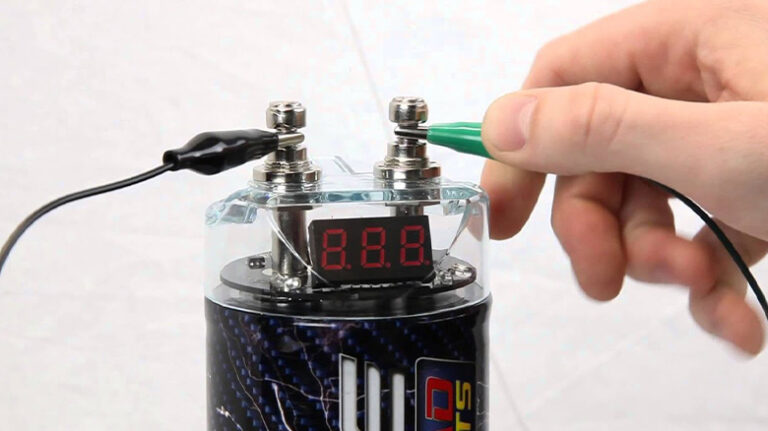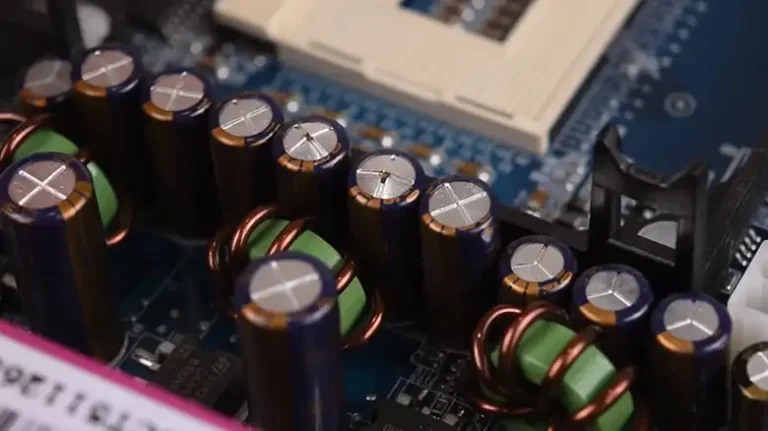Can I Use a 63V Capacitor Instead of 25V? [Technically Explained]
Yes, you can substitute a 63 V capacitor with a 25 V capacitor. It is generally advisable to get a capacitor with a greater voltage rating rather than a lesser one. It’s very typical to overdesign by choosing a higher voltage and capacitor value than is necessary. One explanation is that heat causes capacitors to lose capacitance and voltage rating.
Making sure that the capacitance value is suitable for your application is crucial. It’s crucial to confirm that the circuit as a whole can withstand the greater voltage when employing a capacitor with a higher voltage rating. This is especially crucial if the circuit includes additional voltage-sensitive components.

What Happens if I Use a 63V Capacitor Instead of 25V
In some cases, using a component with a higher voltage rating is appropriate, but it depends on the particular application and the component in issue. For optimum performance, safety, and component longevity, it’s critical to understand and abide by the voltage values recommended by the manufacturer.
For instance, you must make sure that utilizing a 63V capacitor instead of a 25V capacitor would not cause any problems due to the greater voltage rating. However, here’s a list of the things to consider.
1. Voltage tolerance
Verify the component’s recommended voltage tolerance. The 63V capacitor would be appropriate if it has a larger tolerance that spans the voltage range you anticipate encountering.
2. Safety margin
To safeguard the component from voltage spikes or changes, the manufacturer’s voltage rating typically includes a safety margin. Make sure that the system voltage won’t ever be higher than the capacitor’s voltage rating if you decide to utilize a higher voltage component.
The ratio of the applied voltage to the voltage rating for a capacitor with a rating of 25V and a voltage of V_applied is:
V_applied / V_rating_25V
The ratio changes if you choose to use a 63V capacitor instead, becoming:
V_applied / V_rating_63V
You may be sure that the 63V capacitor will operate within its acceptable voltage range as long as the ratio V_applied / V_rating_63V is lower than the ratio V_applied / V_rating_25V.
This can be written mathematically as:
V_applied / V_rating_63V < V_applied / V_rating_25V
We may determine the prerequisite for employing a higher voltage component by condensing this equation as follows:
V_rating_63V > V_rating_25V
In order to ensure a sufficient safety margin, the voltage rating of the 63V component must be higher than the voltage rating of the 25V component.
3. Physical size
Due to variations in insulation requirements, components with higher voltage ratings may have greater physical dimensions. Verify that the larger capacitor will fit within the limitations of your design.
4. Cost
Components with higher voltage ratings may be more expensive than those with lower voltage ratings. Before choosing a choice, consider the financial ramifications.
What Are the Hazards of Employing a Component With a Higher Voltage Rating?
A safety margin is typically provided by using a component with a greater voltage rating. The voltage rating may, however, result in increased size, cost, or other compatibility problems if it is substantially higher. Making sure the remainder of your electronics can withstand the higher voltage is also vital.
Conclusion
It is acceptable to swap a 25V capacitor out for a 63V. However, it is crucial to take into account elements like cost, physical size, safety margins, and voltage tolerance. To ensure compatibility and ideal performance, always refer to product specifications and professional guidance.

![Can I Replace a 16V Capacitor With an 25V Capacitor? [7 Comparison Aspects Explained]](https://www.electronicstalk.org/wp-content/uploads/2023/07/Can-I-Replace-a-16V-Capacitor-With-a-25V-Capacitor-768x431.webp)
![Can I Replace a 40 5 Capacitor With a 45 5 [ Explained]](https://www.electronicstalk.org/wp-content/uploads/2023/11/Can-I-Replace-a-40-5-Capacitor-With-a-45-5-768x431.webp)



![Will Capacitor Drain My Battery [Unraveling the Facts]](https://www.electronicstalk.org/wp-content/uploads/2023/07/Will-Capacitor-Drain-My-Battery-768x431.webp)